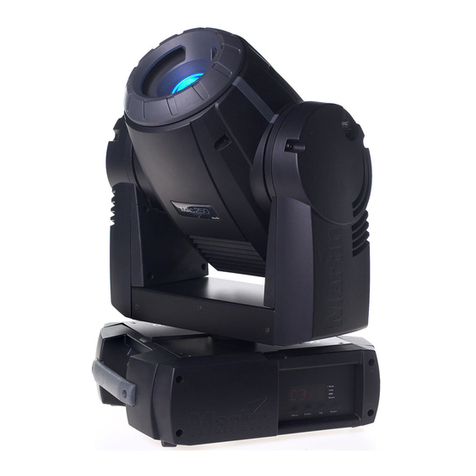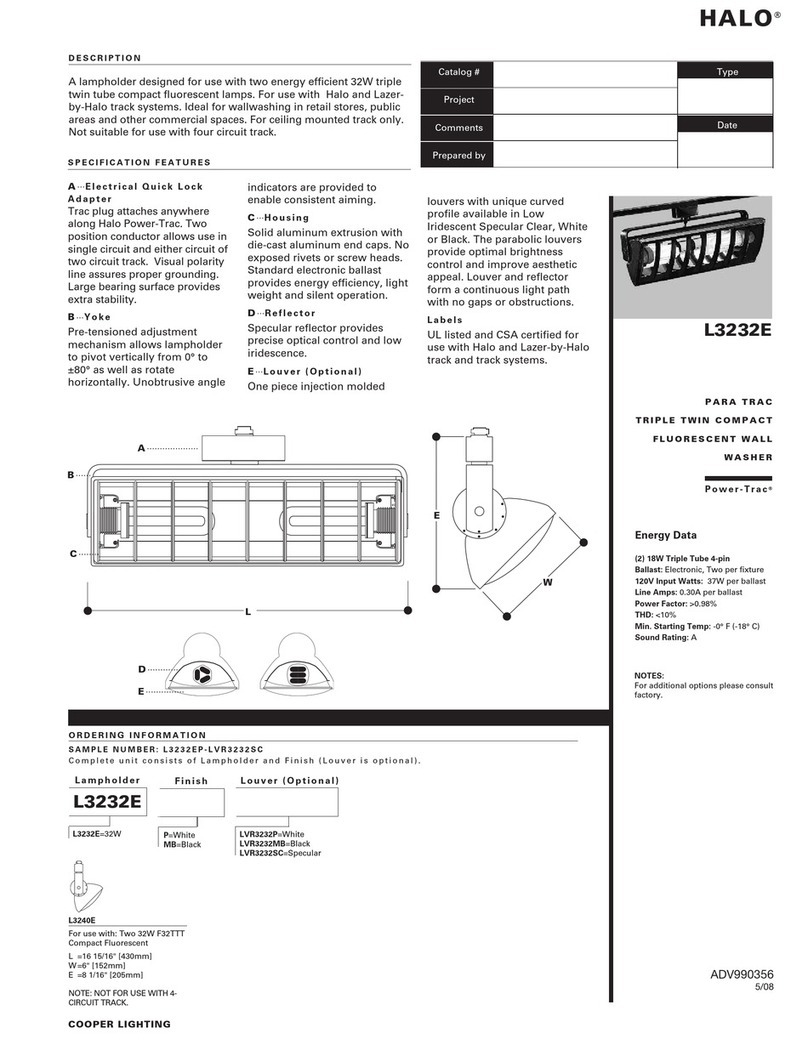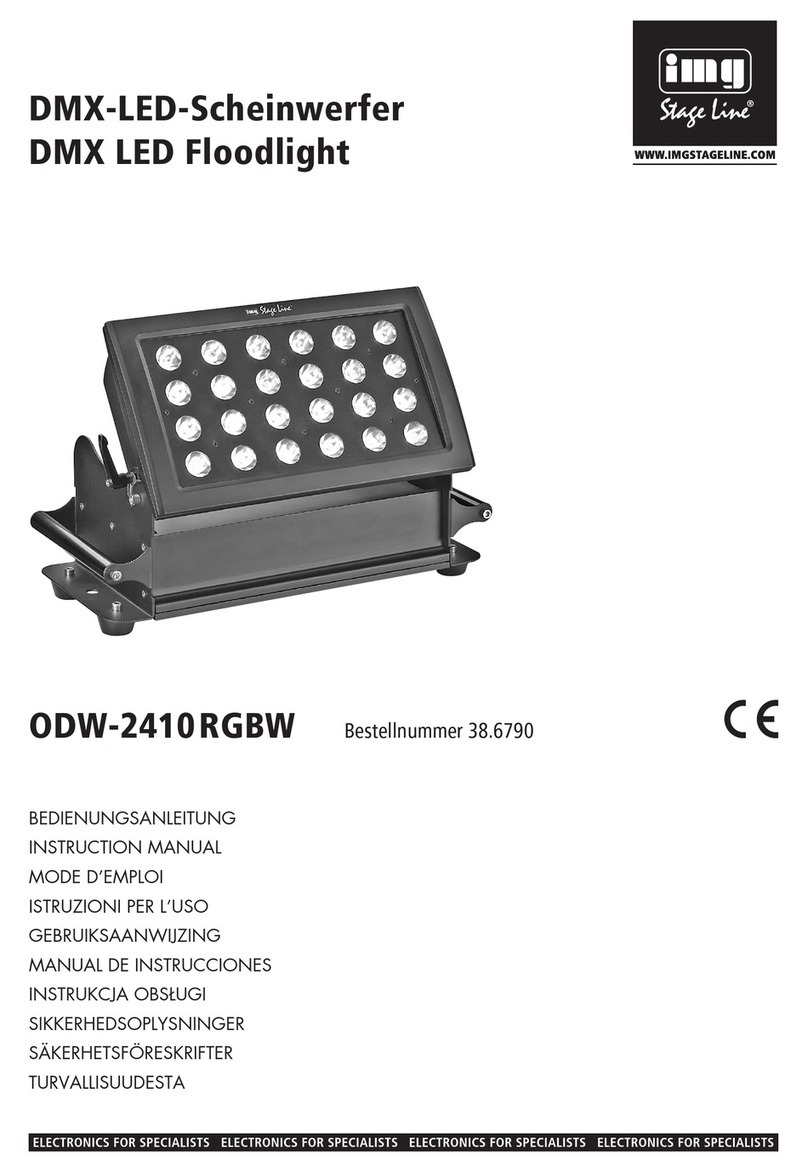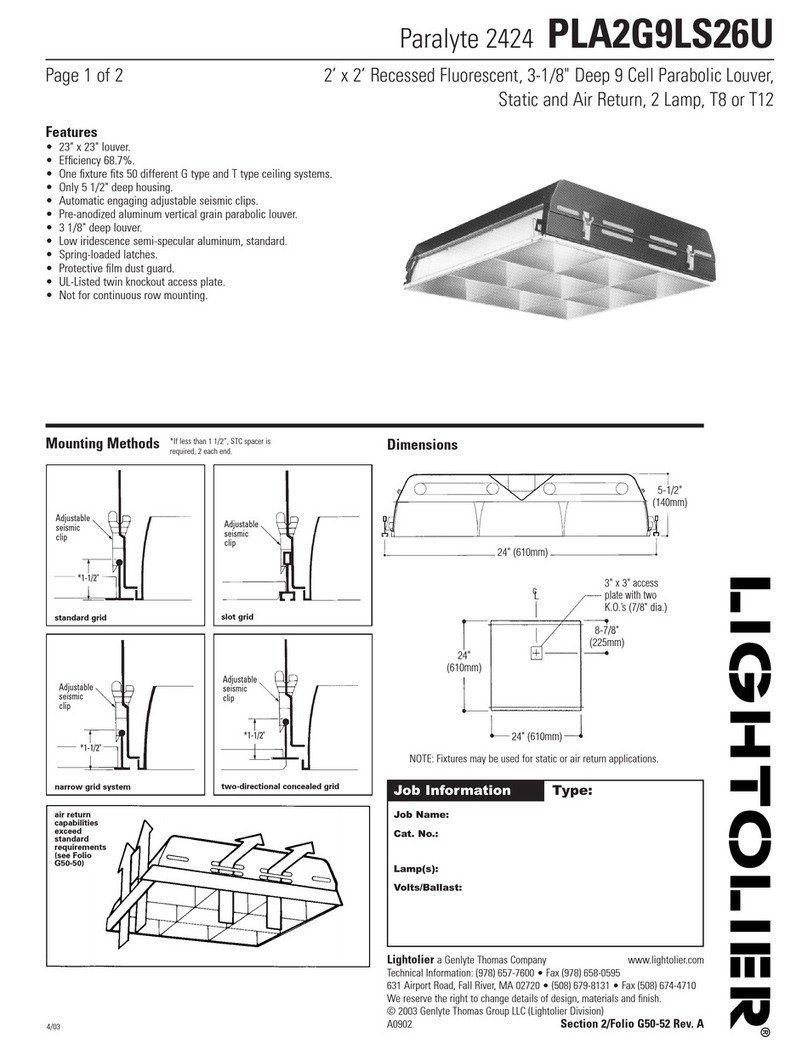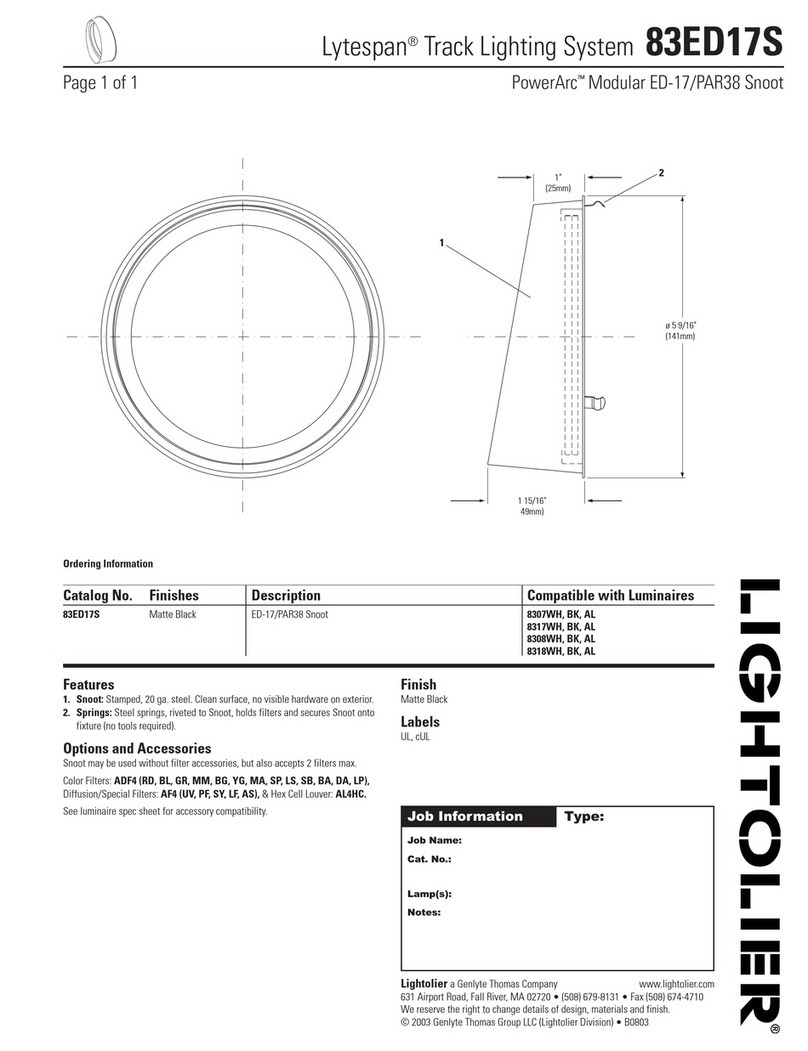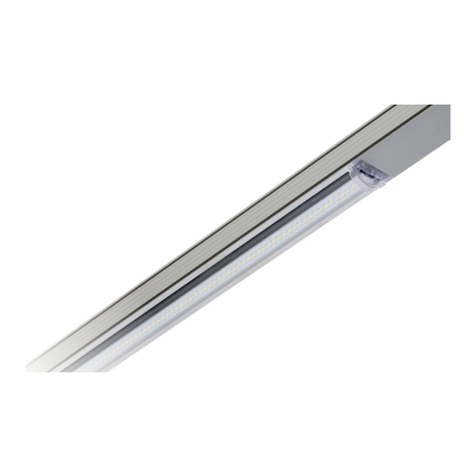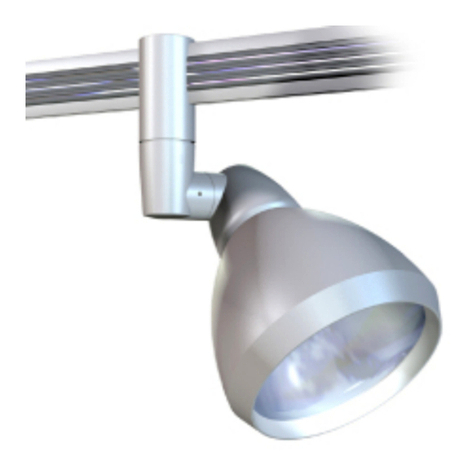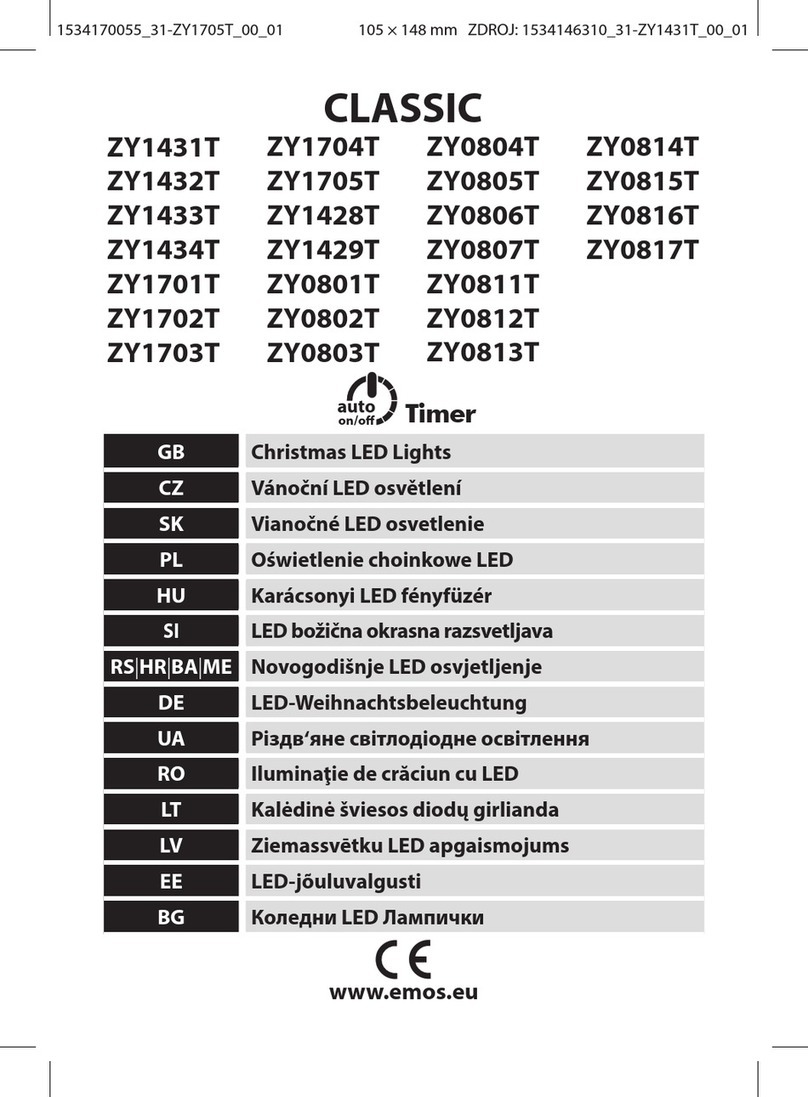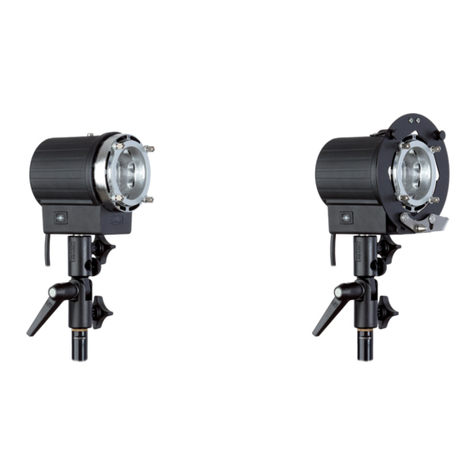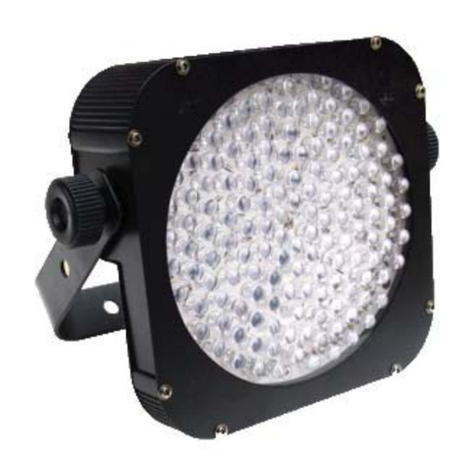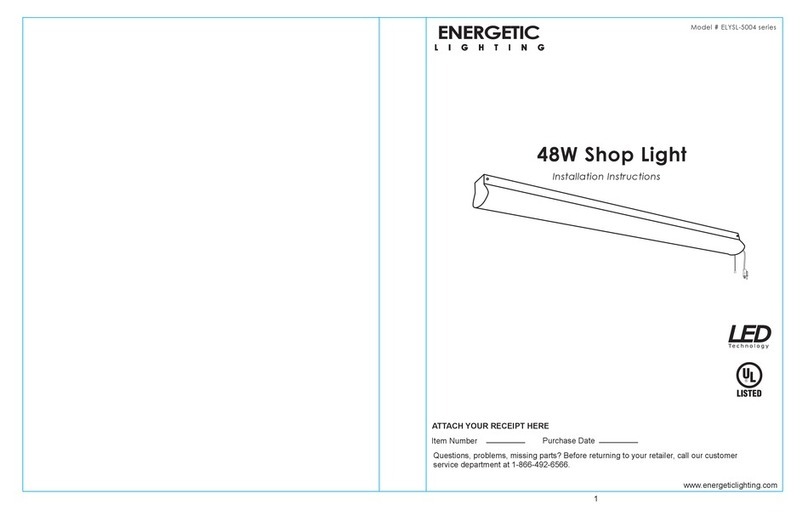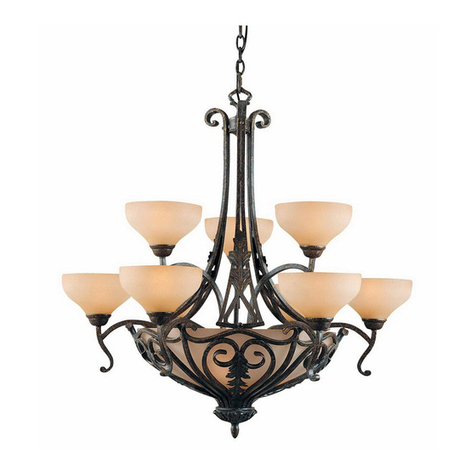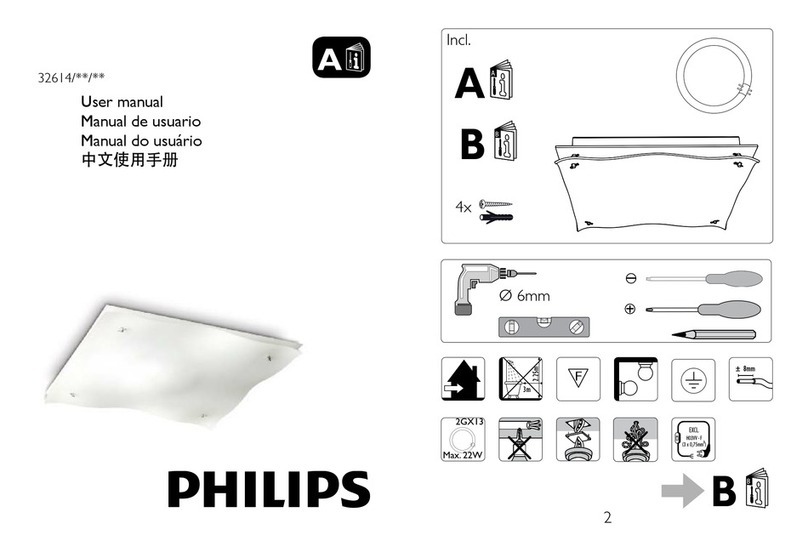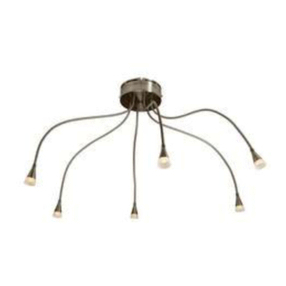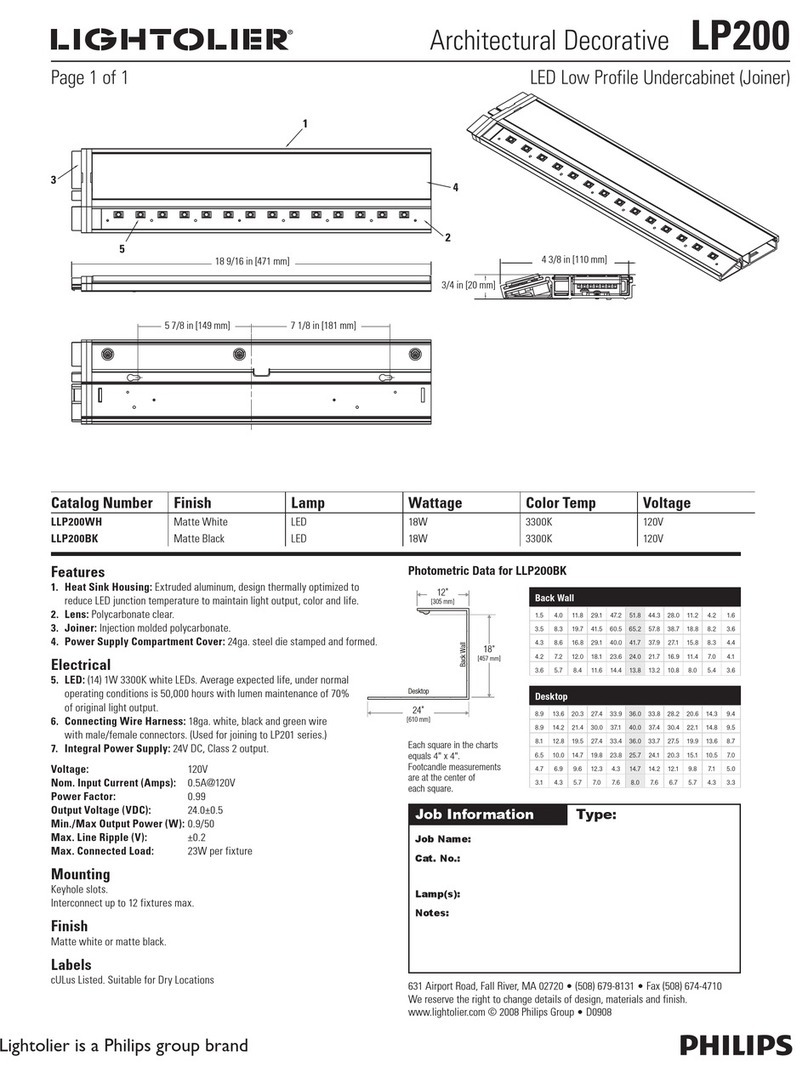Table of Contents
1. General information 5
1.1. Explanation of the notes 5
1.2. Liability and warranty 5
1.3. Parts 5
1.4. Disposition 5
1.5. Fault correction 5
2. Safety instructions 6
2.1. Operating instructions 6
2.2. Repairs 6
3. Transport and storage 6
3.1. Review on delivery 6
3.2. Storage 6
4. Product description 7
4.1. Design and structure of the LPS centralised power unit 8
4.2. Control Panel 9
5. Technical data 10
6. Assembly 11
6.1. Centralised power unit 11
6.2. Battery 12
6.3. Electrical connections 13
6.3.1. Power connection 13
6.3.2.Output circuits (OUT1, ..., OUT6) 13
6.3.3. Auxiliary inputs (AUX1, ..., AUX4) 14
6.3.3.1 Remote fault connection to one LPS24 device 14
6.3.3.2 Remote fault connection to several LPS24 devices 15
6.3.4. Dry contacts (CLP1, ..., CLP4) 15
6.3.5. Input 0…10V 17
6.3.6. Remote control (TELEM) 17
6.3.7. LPSLan 18
7. Switching on the LPS centralised power unit 18
7.1. Switching off the LPS centralised power unit 18
7.2. Switching on the LPS centralised power unit 19
7.2.1 Circuit test 19
7.2.2 ELC luminaires zoning 19
8. Use of the centralised power unit 20
8.1. Display protection 20
8.2. Display structure 20
8.2.1. System 21
8.2.1.1. General 21
8.2.1.2. Battery 21
8.2.1.3. Rectifier 22
8.2.1.4. Fails 22
8.2.2. Test 22
8.2.2.1. Function test 22
8.2.2.2. Duration test 23
8.2.2.3. Capacity test 24
8.2.3. Config 25
8.2.3.1. System 25
8.2.3.2. Dry contacts 25
8.2.3.3. Auxiliary inputs 26
8.2.3.4. Gateway board 27
8.2.4. Outputs 28
8.2.4.1. Circuits 28
8.2.4.2. Luminaires (ELC) 30
8.2.5. Actions 31
8.2.5.1. Actions 31
8.2.5.2. Scenes 32

